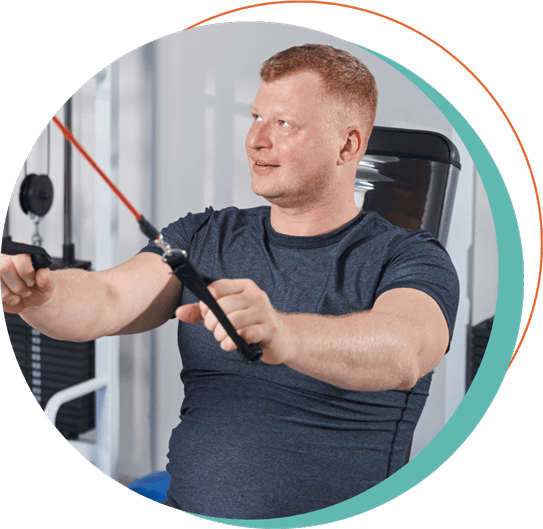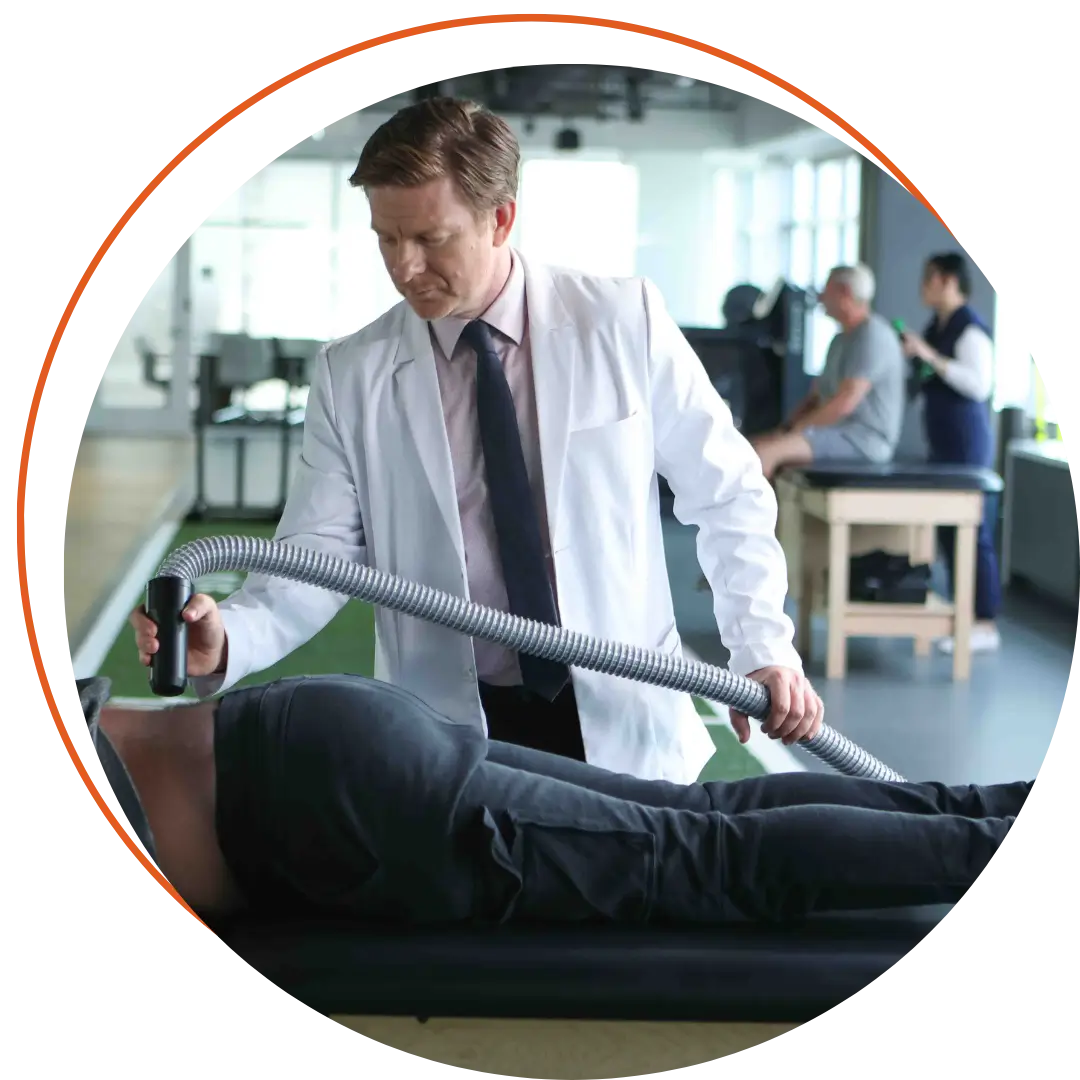What Is Spinal Stenosis?
The spine is made up of several interconnected bones called vertebrae. These are then surrounded by nerves, muscles, tendons and ligaments. Each vertebrae has an opening that allows for the spinal cord to pass through. This forms the spinal canal.
Spinal stenosis occurs when the spinal canal narrows or “closes in”, causing pressure on the nerves of the spine. This results in discomfort and pain in the upper back, lower back, neck, legs, or arms.
This common condition often causes numbness, tingling, intense pain, and muscle weakness that worsens over time.
What Causes Spinal Stenosis?
The most common cause of spinal stenosis is caused by degeneration, which is age related wear-and-tear of the spine. Spinal stenosis can occur anywhere within the spine but most often manifests in the lower back. Additional causes of spinal stenosis are:
- Bone Spurs
- Herniated Discs
- Thickened Ligaments
- Tumors
- Spinal Injuries
- Obstruction into the space nerves occupy
If you’ve been diagnosed with one of these conditions, your pain could be the result of spinal stenosis.

What Are The Symptoms of Spinal Stenosis?
As we get older, most adults will experience narrowing of the spine. However, not everyone will experience symptoms until the condition has greatly advanced. The most common symptoms to look out for are:
- Cramping
- Difficulty walking
- Poor balance
- Problems control bowel movements or urine
- Radicular (radiating) pain
- Numbness
- Tingling
- Weakness
Typically, these symptoms occur close to the part of the body that spinal stenosis has manifested in. For example, if you’re experiencing pain in the lower back or lumbar area, you will likely experience symptoms in the back, hips, legs or feet.
If you’re experiencing any of these symptoms, the professional providers at Parker Performance Institute would like to help you diagnose the cause. If a diagnosis points to spinal stenosis, you may need treatment.
What Are My Treatment Options for Spinal Stenosis?
The treatments available to you will be dependent on how severe your condition is, the symptoms you’re experiencing and medical history. Our team will review your symptoms and perform exams to provide a diagnosis and the right course of treatment that is specific to you.
Often, our team will recommend non-surgical treatment options first. This includes:
- Activity modification
- Chiropractic Care
- Epidural Steroid Injections
- Over the counter or prescription medications
- Physical Therapy
Here, we prioritize non-surgical routes – to help you to regain your life, without surgery. The team at Parker Performance Institute will create a personalized treatment plan specific to you. Our main priority is providing the best possible care and reducing your pain. Contact our team today to begin your journey to pain relief.
Frequently Asked Questions About Spinal Conditions
Can stenosis of the spine be cured?
Yes. It can be improved through widening the spinal canal, which would remove pressure placed on the nerves.
What will happen if I call PPI?
Our team is on hand to help – we can get you scheduled for a consult as soon as the same week.





